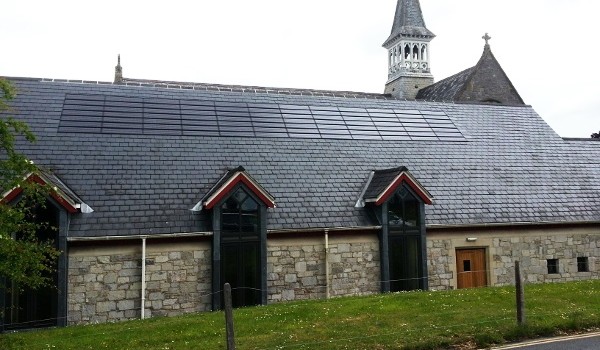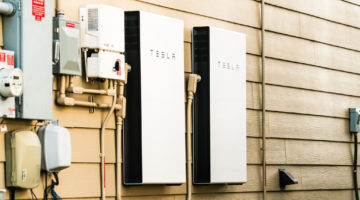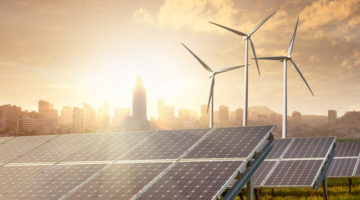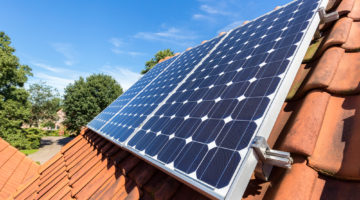
UPDATE: The Feed-In Tariff is now closed for new applications. To find out about the new scheme designed to replace it, click here.
With the news that the Government are all but withdrawing the feed-in tariff, many think that the end of solar PV could soon be upon us.
The feed-in tariff was introduced in 2010 to help drive uptake of solar panels – it offered a guaranteed financial return to the homeowner since a payment was made for every unit of electricity generated from the solar system regardless of whether it was sold back to grid or actually used in the home.
As time has gone on, the Feed-in tariff has been reduced to match the fall in the price of solar panels, but the return has remained pretty similar with a payback on investment within 7-8 years.
In January 2016, the Government are proposing to cut the feed-in tariff by 87% – this means that the financial return from the solar panels will be greatly reduced – so will this move kill the solar industry?
In our opinion no – and there are two reasons for this
Energy Storage and solar PV
The first reason is energy storage solutions – up to now, there has never really been a cost effective way to store the electricity produced in the home, but battery technology has been improving all the time and perhaps more importantly the price of batteries is dropping almost as rapidly as the price of solar panels.
Take for example the Tesla Powerwall – when this was announced in 2015, Elon Musk suggested the launch price would be just $3,500. The average price of a stationary Lithium Ion battery in 2014 was $23,429 according to the Wall Street Journal – it appears that battery storage just became affordable!
This is a complete game changer for the solar industry. Solar panels produce electricity when the sun shines (or at least in daylight hours!); but what if you want to watch TV at night? Well you would need to import electricity from the grid – the same as everyone who doesn’t have solar.
Battery technology allows you to store the electricity you produce during the day and then use it to power appliances when the sun isn’t shining. This is particularly useful for those who are out during the day. I for example work all day here at TGA headquarters – there is no way right now that I could benefit fully from installing solar panels on my roof – I simply wouldn’t be able to use the electricity produced during the day except perhaps in the middle of the summer when daylight hours last so much longer.

The Cost of electricity is going up!
As sure as eggs are eggs, the cost of electricity is going to go up – honestly – there is simply no way that in 5 years electricity is going to be the same price as it is today. It is mainly to do with supply and demand – interestingly energy demand is actually falling mainly as a result of energy efficiency initiatives – the bad news however is that supply is also dropping. Supply here refers to the amount of electricity generating capacity we have – Power plants are closing, in fact all but one of our existing nuclear power plants (that account for 18% of our energy mix) are due to close by 2023.
The other reason that energy prices will continue to rise is that we have to import the vast majority of our fuel. This leaves us open to the volatility of this market – if there was a problem with a fuel line supplying the UK, or there was a particularly cold winter then we will all pay.
What does this mean for solar? Well mainly that the energy savings you will get from installing solar panels will grow and grow and grow over the coming years. If you save 12.5 pence for every kWh today – this could be 25 pence in 5-10 years time.
The other thing, which I alluded to earlier, though is that you are beginning to become more self-sustained – you are less reliant on the grid. So yes, killing the feed-in tariff might hurt the number of installs, but solar’s real day in the sun is only just beginning!
UPDATE: The Feed-In Tariff is now closed for new applications. To find out about the new scheme designed to replace it, click here.












The figure have to add up to a return on investment more than the cost of items plus installation costs. It only requires a competitive market which we do not have yet since FIT is being reduced and the emphasis is on current issues. However I hope to see the returns and the maths pan out in Joe Blogs favour.